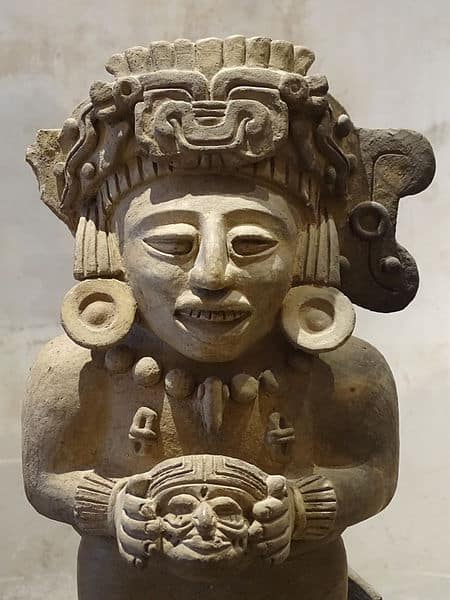Captive breeding programs have played a crucial role in saving some of the world’s most endangered species from extinction. By carefully managing and breeding animals in controlled environments, conservationists have been able to increase population numbers and reintroduce species into their natural habitats. These efforts have not only preserved biodiversity but also highlighted the importance of protecting our planet’s wildlife. Here are some remarkable examples of animals that have been saved thanks to these dedicated programs.
California Condor

The California Condor, North America’s largest flying bird, was once on the brink of extinction. By the 1980s, only 27 individuals remained, prompting an emergency captive breeding program. These birds were carefully bred in captivity and gradually reintroduced into the wild, leading to a population of over 400 today. The success of this program highlights the critical role of human intervention in species recovery. Conservationists continue to monitor the population closely, ensuring the condors’ ongoing survival.
Arabian Oryx
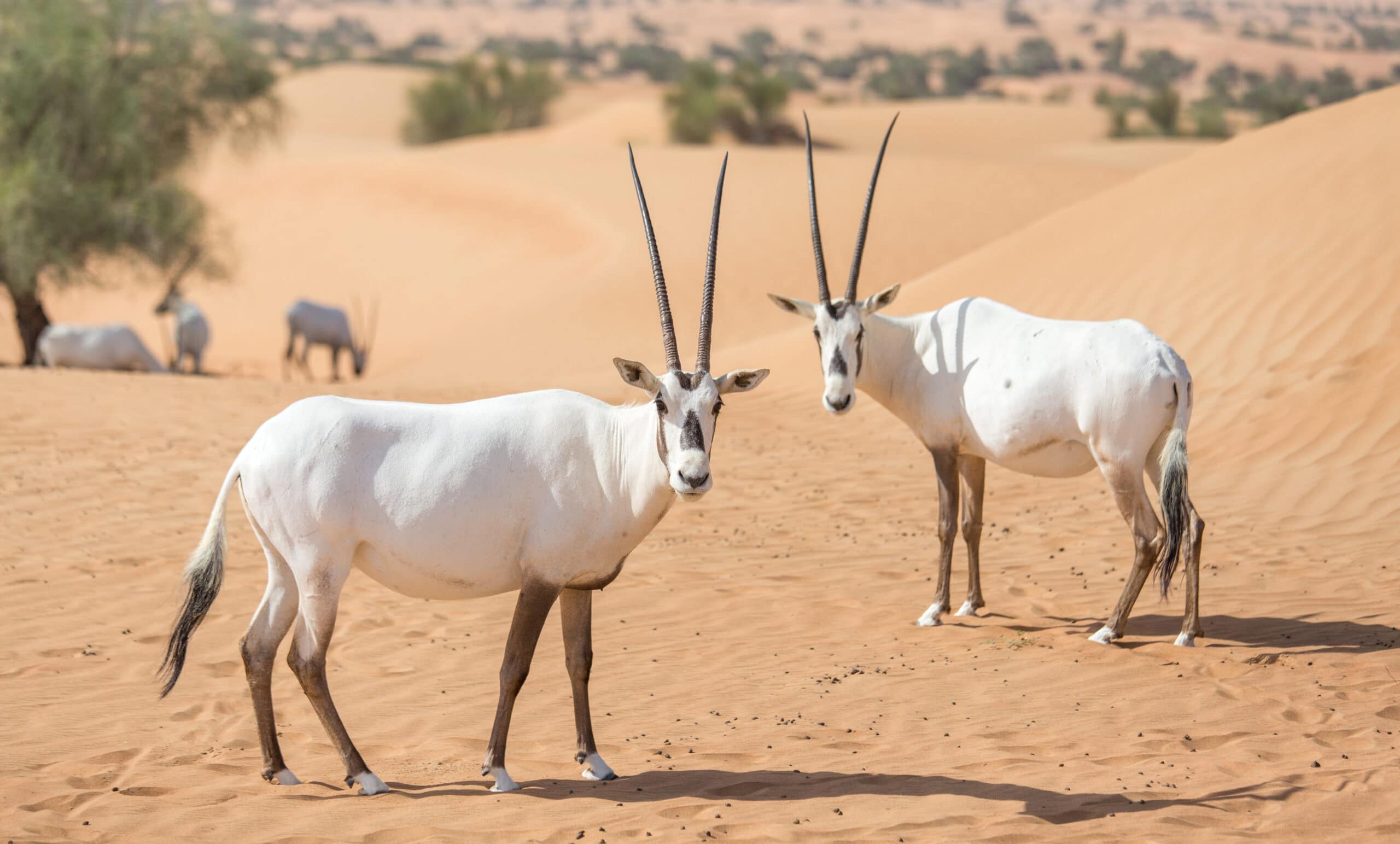
The Arabian Oryx, a striking antelope native to the Arabian Peninsula, was declared extinct in the wild in 1972. Fortunately, a few individuals had been bred in captivity, providing a foundation for reintroduction efforts. Through carefully managed breeding and habitat restoration, the Arabian Oryx has been reintroduced to its native environment, with a population now numbering over 1,000 in the wild. This species’ comeback is a testament to the power of collaborative conservation efforts. Continued protection and monitoring are vital to maintain their numbers in the wild.
Black-Footed Ferret
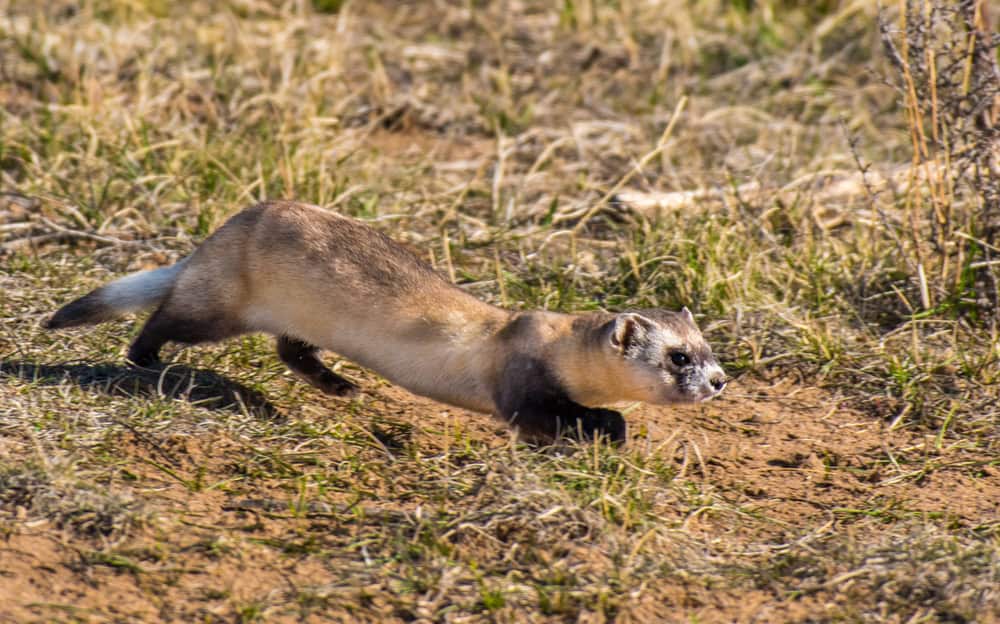
Once thought to be extinct, the black-footed ferret was rediscovered in 1981, leading to an urgent captive breeding program. With fewer than 20 individuals remaining, scientists worked tirelessly to increase their numbers through captive breeding and reintroduction programs. Today, there are approximately 300 black-footed ferrets in the wild, thanks to these efforts. The species’ recovery showcases the importance of rapid action and long-term commitment to conservation. Ongoing challenges, such as disease and habitat loss, require continued vigilance to ensure their survival.
Przewalski’s Horse
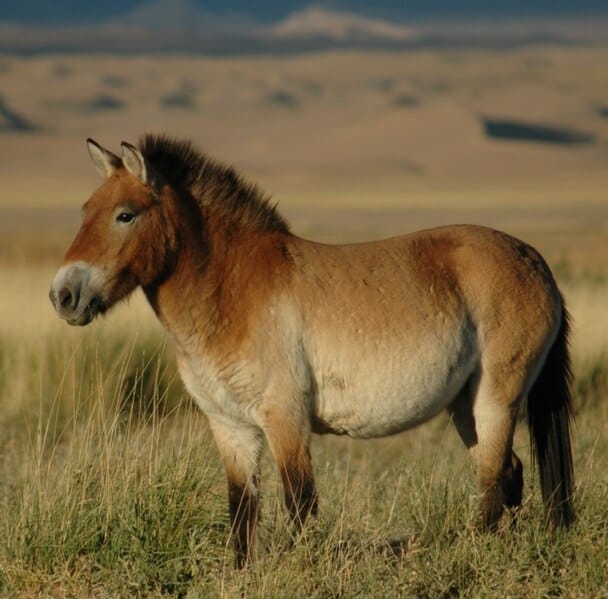
Przewalski’s Horse, the only truly wild horse species left, was once extinct in the wild, with only a few individuals surviving in captivity. Through a dedicated global breeding program, the species was successfully reintroduced into its native habitats in Mongolia. Today, the population has grown to over 2,000, with several hundred living in the wild. This remarkable recovery exemplifies the effectiveness of international cooperation in conservation. Continued efforts focus on expanding their habitat and ensuring genetic diversity.
Amur Leopard
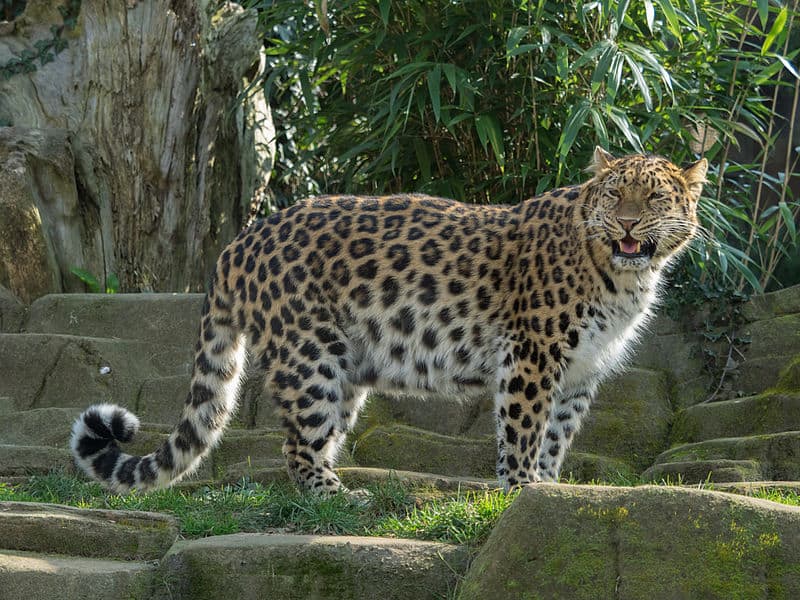
The Amur leopard, one of the rarest big cats in the world, faced near extinction due to habitat loss and poaching. Captive breeding programs, combined with anti-poaching efforts, have helped stabilize the population. Although still critically endangered, with fewer than 100 individuals in the wild, the Amur leopard’s numbers are slowly increasing. These efforts demonstrate the critical role that captive breeding can play in preventing the extinction of highly endangered species. Future conservation strategies aim to expand protected areas and further reduce poaching.
Golden Lion Tamarin
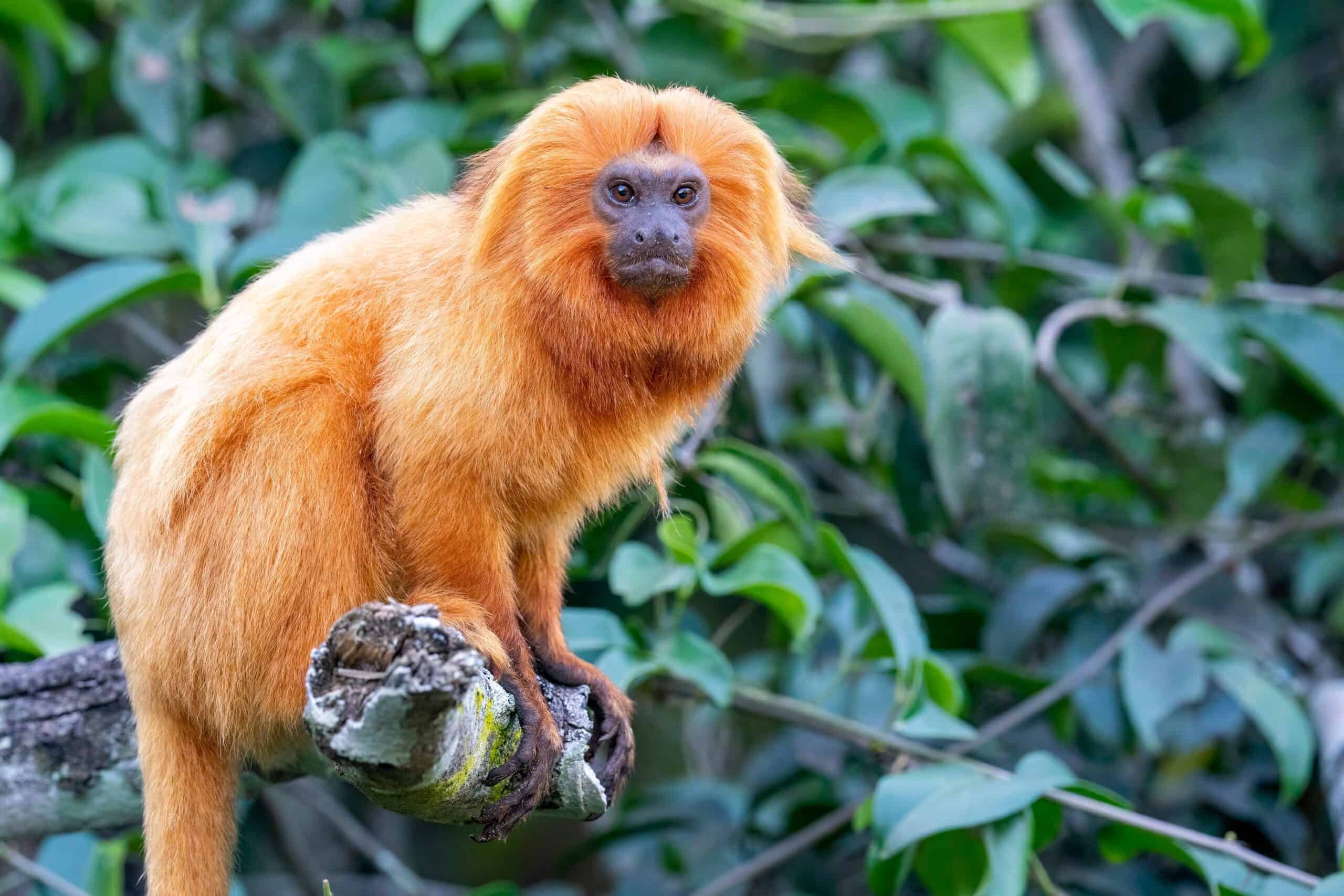
Native to Brazil’s Atlantic Forest, the golden lion tamarin was once on the verge of extinction, with only a few hundred individuals left in the wild. Captive breeding programs in zoos around the world helped boost their numbers, and successful reintroduction efforts have brought the population to over 3,000 today. The species’ recovery underscores the importance of habitat preservation and international cooperation. Ongoing efforts focus on protecting and restoring their natural habitat to ensure long-term survival.
Red Wolf
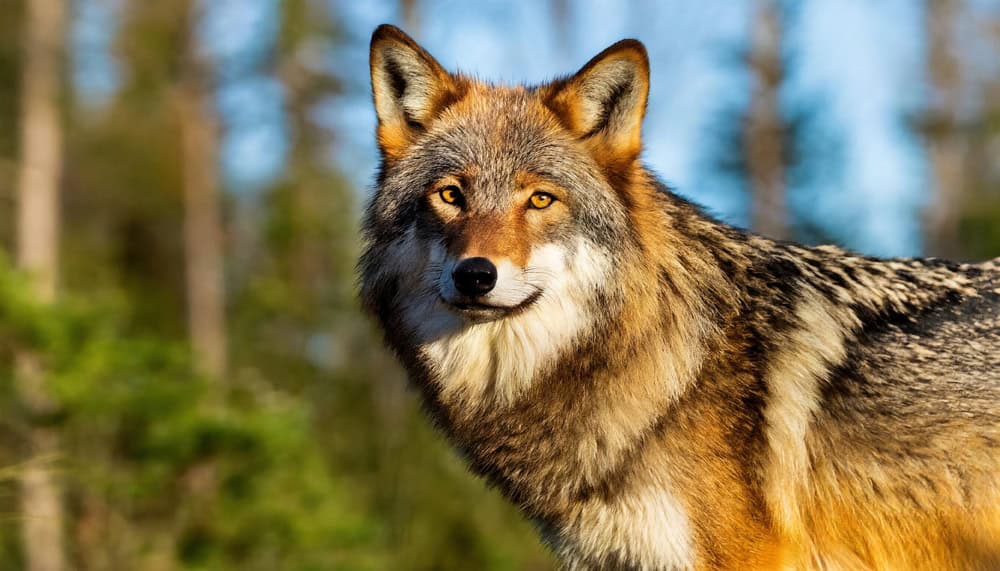
The red wolf, native to the southeastern United States, was declared extinct in the wild by 1980 due to habitat loss and hybridization with coyotes. A small number of red wolves were captured for a captive breeding program, which has since led to the reintroduction of the species into protected areas. Although challenges remain, including human-wildlife conflict and limited genetic diversity, the population has grown to over 200 individuals. The red wolf’s story highlights the complexity of species recovery in human-altered landscapes. Conservationists continue to work towards securing the future of this elusive predator.
Hawaiian Crow (Alalā)
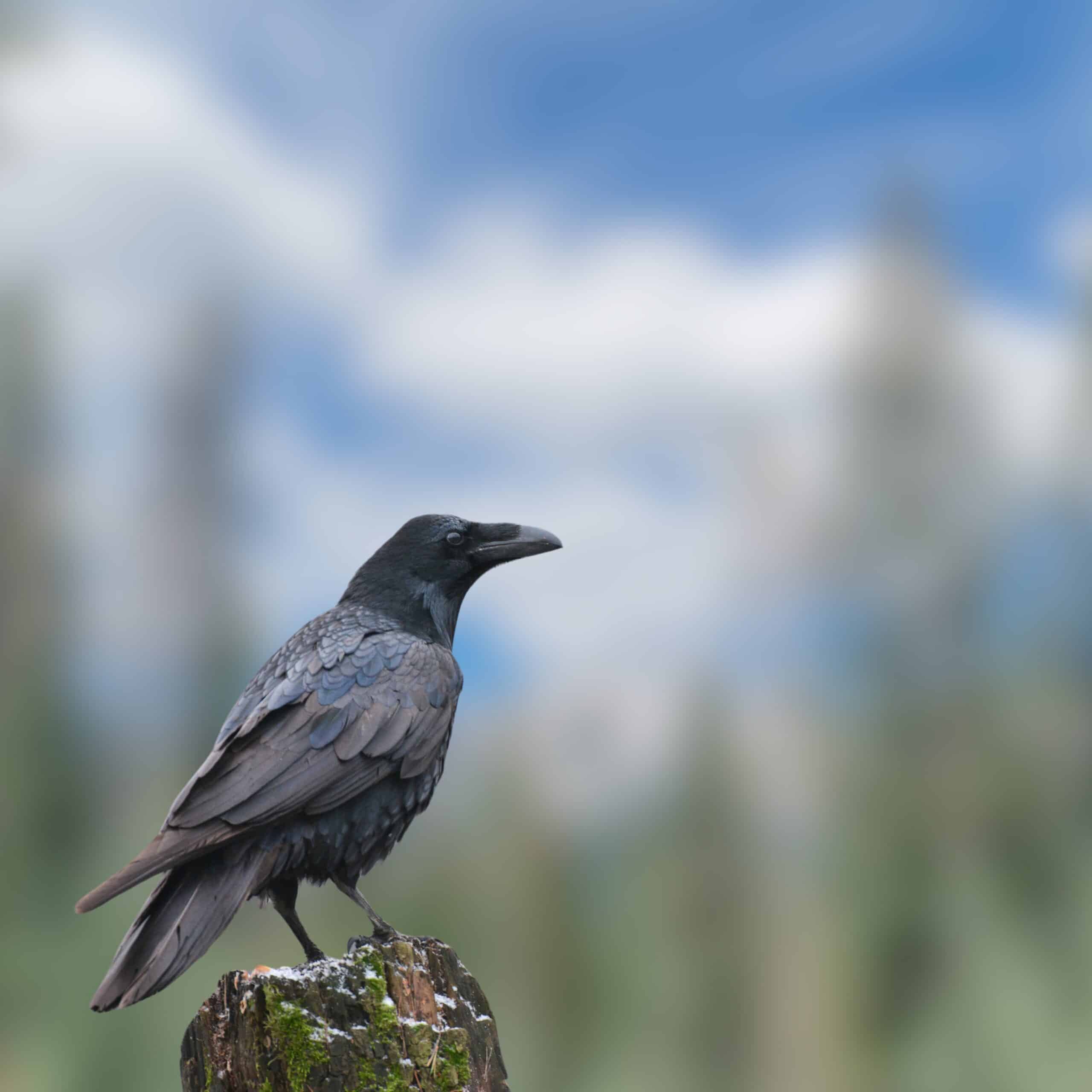
The Hawaiian Crow, or Alalā, was declared extinct in the wild in 2002, with the last few individuals living only in captivity. Captive breeding programs have been crucial in bringing the species back from the brink, with several birds now being reintroduced into protected forests in Hawaii. The population is still small, but the success of these initial reintroduction efforts offers hope for the species’ recovery. Continued efforts focus on habitat restoration and ensuring the birds can thrive in their natural environment. The Alalā’s story underscores the importance of preserving native species in isolated ecosystems.
Scimitar-Horned Oryx
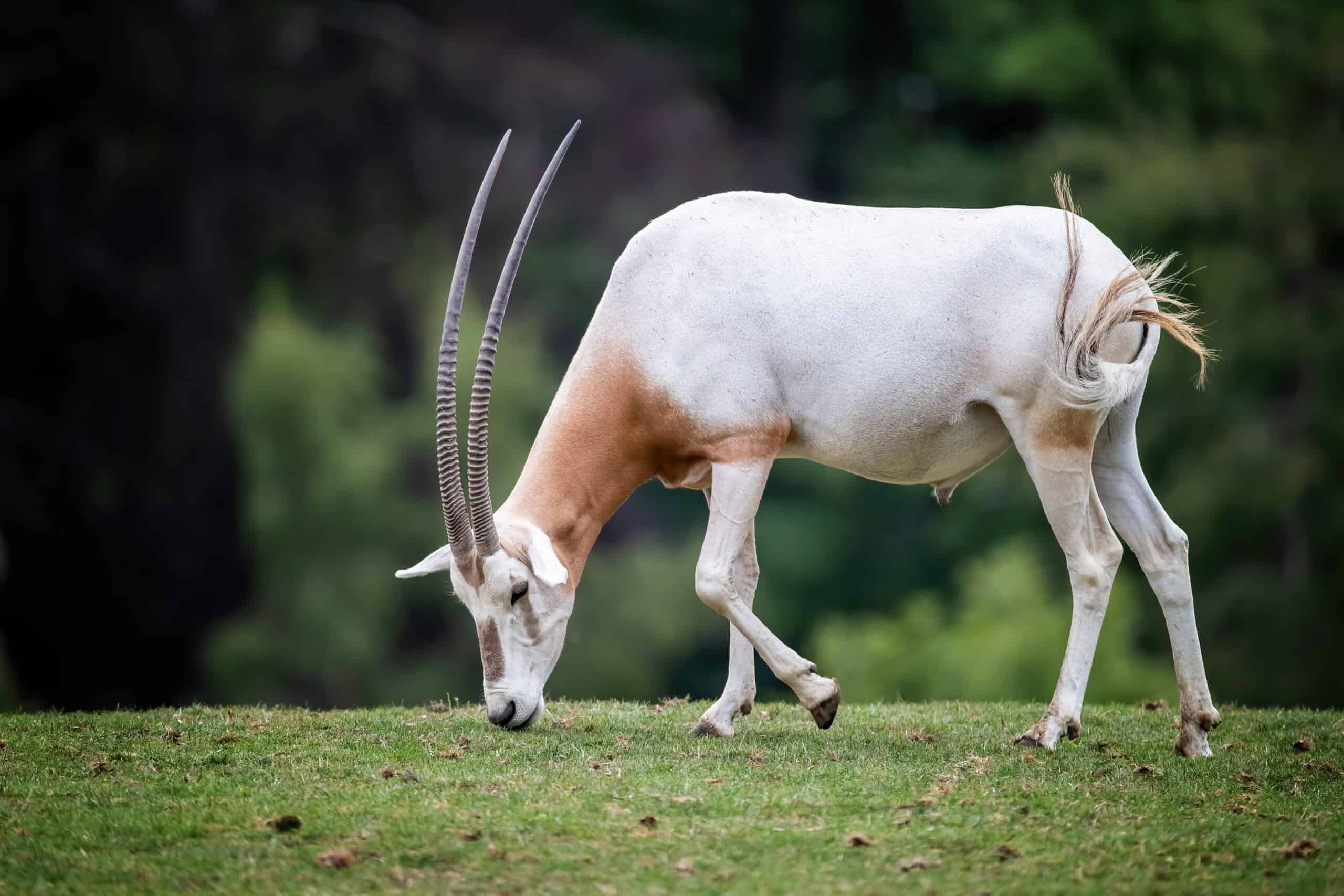
The Scimitar-Horned Oryx, once abundant across North Africa, was declared extinct in the wild in the 1980s due to overhunting and habitat loss. Captive breeding programs in zoos and private reserves have successfully increased their numbers, leading to reintroduction efforts in Chad. Today, several hundred Scimitar-Horned Oryx roam the wild once again, marking a significant conservation victory. These efforts highlight the importance of maintaining genetic diversity in captive populations. Ongoing challenges include ensuring sustainable populations and protecting them from poaching.
Mexican Wolf

The Mexican wolf, the rarest subspecies of the gray wolf, was nearly wiped out in the 1970s, with only a handful of individuals left in the wild. A captive breeding program was established to save the species, leading to the reintroduction of wolves into their native habitats in the southwestern United States and Mexico. Although the population remains small, with around 200 individuals in the wild, the species’ recovery is a significant conservation achievement. The Mexican wolf’s future depends on continued efforts to manage human-wolf conflicts and protect their habitat. Collaborative conservation strategies remain key to their survival.
Guam Rail
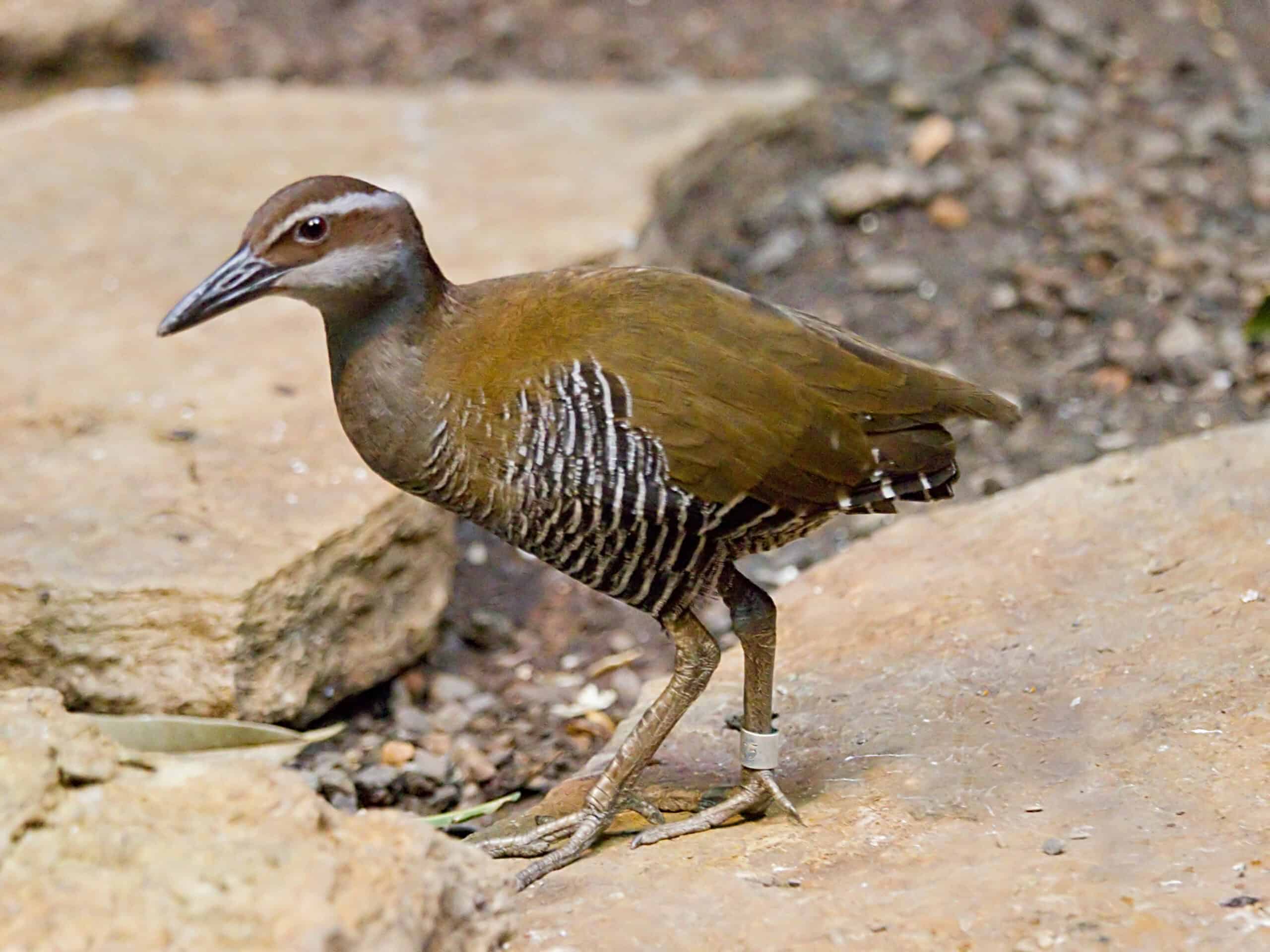
The Guam Rail, a flightless bird native to the island of Guam, was driven to extinction in the wild by the introduction of invasive species like the brown tree snake. Fortunately, captive breeding programs in zoos allowed the species to survive in captivity, and reintroduction efforts are now underway on neighboring islands where the threat of invasive species is lower. The Guam Rail’s story highlights the importance of controlling invasive species to protect native wildlife. Ongoing efforts focus on expanding the birds’ habitat and ensuring their long-term survival in the wild.
Philippine Eagle
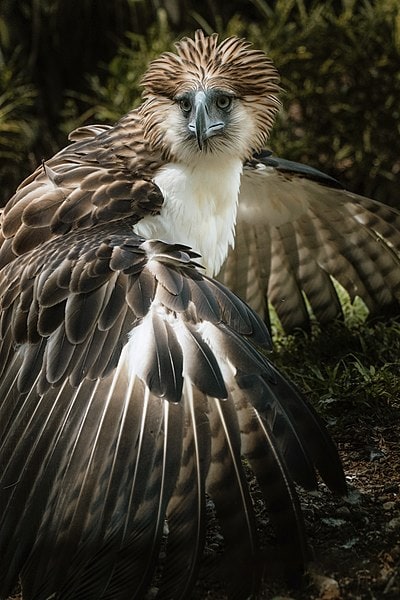
The Philippine Eagle, one of the world’s largest and most powerful eagles, has been critically endangered due to deforestation and hunting. Captive breeding programs have played a crucial role in increasing the population, with over 30 individuals successfully bred in captivity and released into the wild. Despite ongoing threats, including habitat loss, the Philippine Eagle’s numbers are slowly increasing. This majestic bird’s recovery is a testament to the importance of habitat protection and community involvement in conservation efforts. Future strategies aim to secure more protected areas and engage local communities in eagle conservation.
Pere David’s Deer
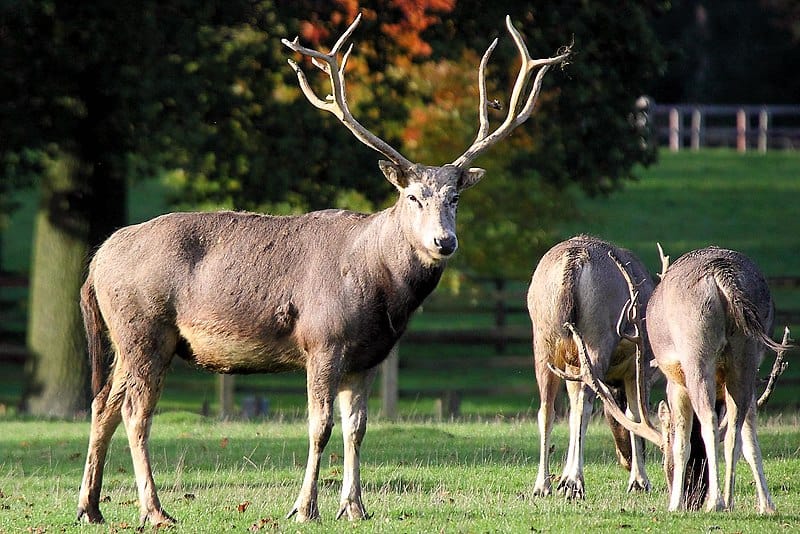
Pere David’s Deer, a species native to China, was driven to extinction in the wild by the early 20th century, surviving only in captivity. Breeding programs in European zoos saved the species, and reintroduction efforts in China have restored small populations to their native habitat. Today, there are over 2,000 Pere David’s Deer in the wild and in reserves, marking a successful conservation story. The species’ recovery underscores the importance of international cooperation in wildlife conservation. Continued efforts focus on expanding their habitat and protecting them from poaching.
Cheetah

The cheetah, the world’s fastest land animal, faces ongoing threats from habitat loss and human-wildlife conflict. Captive breeding programs have helped maintain genetic diversity and increase cheetah populations in protected areas. While challenges remain, including ensuring sufficient prey and reducing human-wildlife conflicts, these programs have been instrumental in stabilizing cheetah populations. The species’ recovery efforts highlight the need for comprehensive conservation strategies that include both captive breeding and habitat protection. Future conservation plans focus on expanding protected areas and promoting coexistence with human communities.
Axolotl
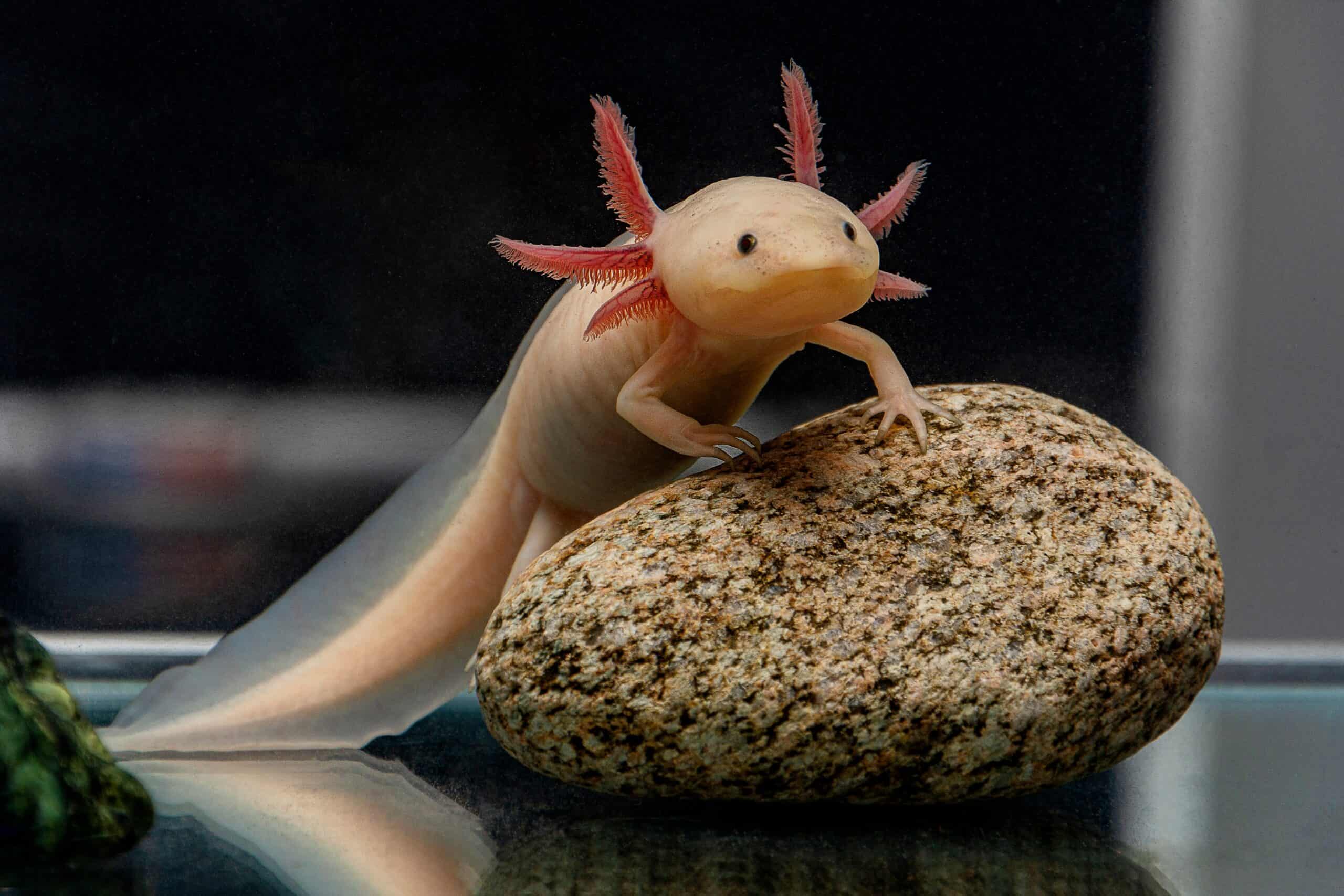
The Axolotl, a unique amphibian native to Mexico’s lakes, is critically endangered due to habitat destruction and pollution. Captive breeding programs have been crucial in preventing the species’ extinction, with many individuals now bred in aquariums and research facilities around the world. While the species is still endangered in the wild, these efforts have helped maintain genetic diversity and raise awareness about the Axolotl’s plight. The Axolotl’s story emphasizes the importance of protecting freshwater habitats and addressing pollution. Conservationists continue to work towards restoring the species’ natural habitats in Mexico.
Northern Bald Ibis

The Northern Bald Ibis, a migratory bird once widespread across Europe, North Africa, and the Middle East, saw its population plummet due to hunting and habitat destruction. Captive breeding programs have been instrumental in increasing their numbers, with successful reintroduction efforts in Austria, Spain, and Morocco. Although the species remains critically endangered, these efforts have helped stabilize and slowly increase their population. The Northern Bald Ibis’ recovery underscores the importance of international collaboration in conservation. Future efforts focus on expanding their breeding habitats and reducing threats from hunting.
Whooping Crane
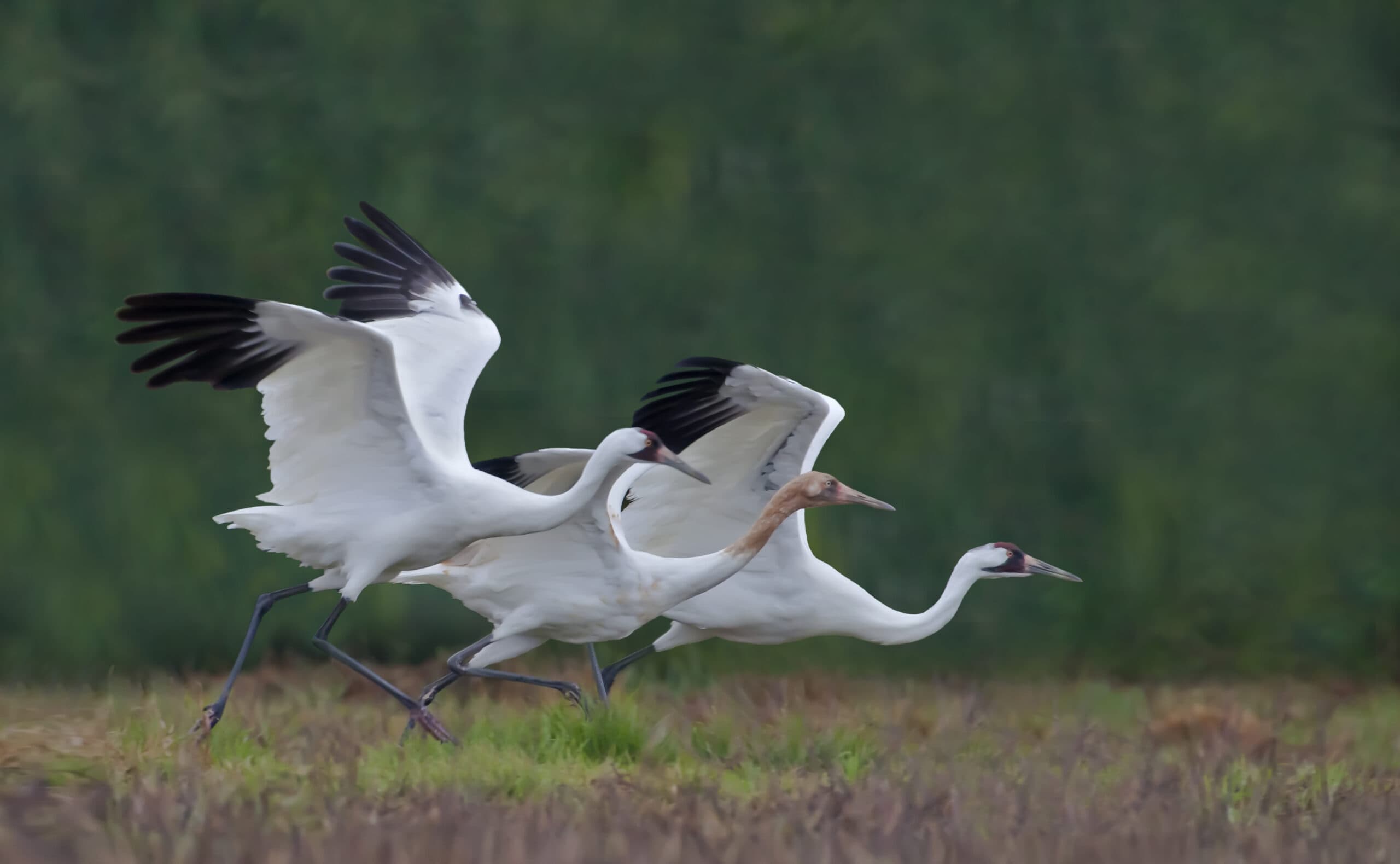
The Whooping Crane, North America’s tallest bird, was on the brink of extinction in the 1940s, with only 21 individuals left. A rigorous captive breeding program helped boost their numbers, and reintroduction efforts have established new populations in the wild. Today, the Whooping Crane population stands at over 800, a significant improvement, though the species remains endangered. The crane’s recovery highlights the importance of habitat protection and ongoing monitoring in conservation efforts. Future strategies focus on ensuring the sustainability of these populations and protecting migration routes.
Mountain Gorilla
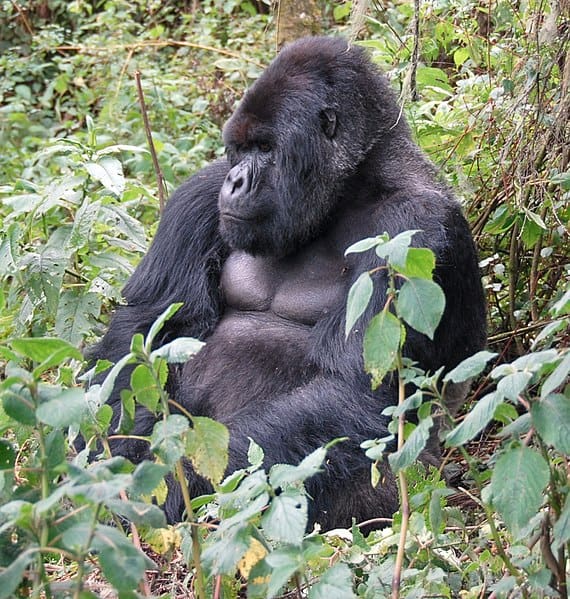
Mountain gorillas, native to the forests of Central Africa, have been brought back from the brink of extinction thanks to intensive conservation efforts, including captive breeding and anti-poaching initiatives. Their population has grown from a few hundred individuals in the 1980s to over 1,000 today. Captive breeding programs have played a crucial role in maintaining genetic diversity and ensuring the species’ survival. The mountain gorilla’s recovery is a testament to the importance of community involvement in conservation. Ongoing efforts focus on habitat protection and promoting eco-tourism to fund conservation initiatives.
Spix’s Macaw
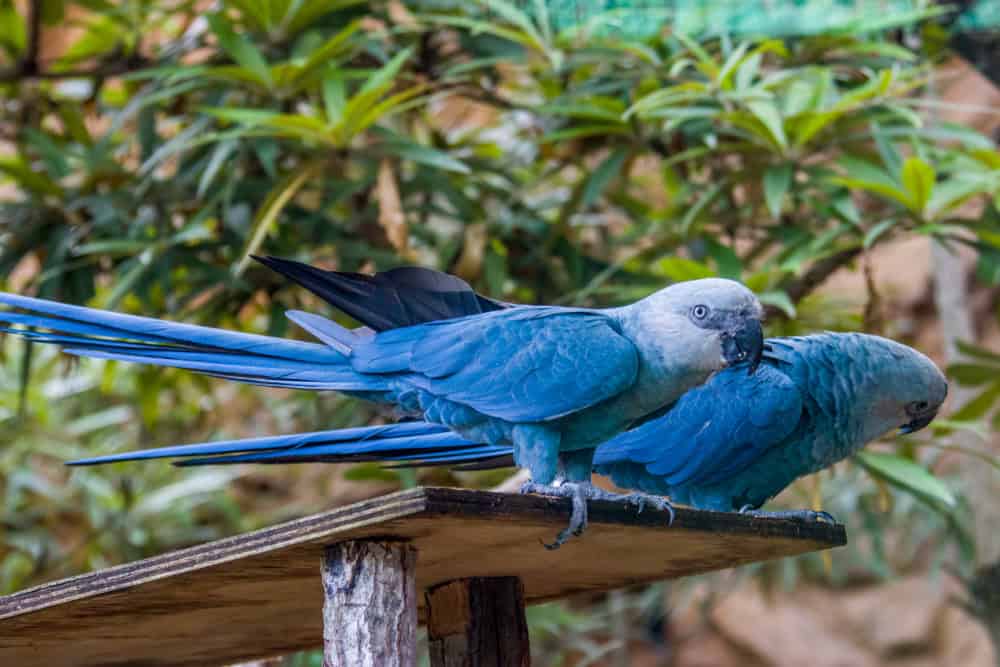
The Spix’s Macaw, a vibrant blue parrot native to Brazil, was declared extinct in the wild in the early 2000s. Captive breeding programs have successfully increased their numbers, and reintroduction efforts are now underway to bring the species back to its native habitat. Although challenges remain, including habitat restoration and protection from illegal pet trade, the Spix’s Macaw’s recovery is a significant conservation achievement. These efforts highlight the importance of maintaining genetic diversity and protecting native habitats. Future plans include expanding breeding programs and securing additional protected areas.
Iberian Lynx
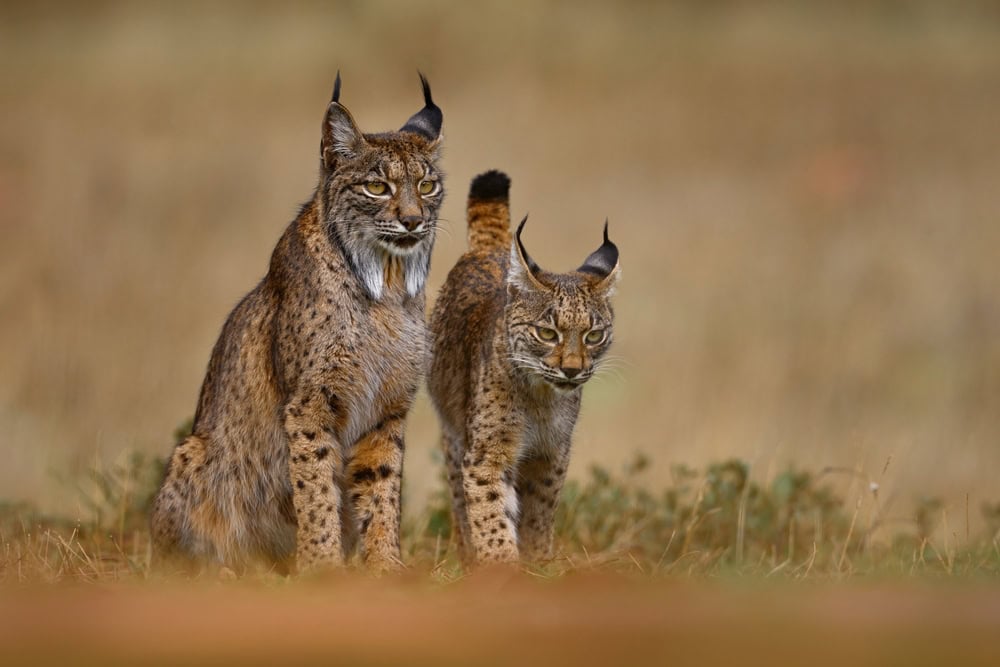
The Iberian Lynx, once the world’s most endangered cat species, has seen a remarkable recovery thanks to captive breeding and reintroduction efforts. By the early 2000s, fewer than 100 individuals remained in the wild, prompting urgent conservation action. Today, the population has grown to over 400, with several breeding centers contributing to this success. The Iberian Lynx’s recovery showcases the importance of habitat restoration and anti-poaching measures. Continued efforts focus on expanding their habitat and ensuring the sustainability of the population.
This article originally appeared on Rarest.org.
More From Rarest.Org
Discovering historical artifacts in one’s backyard can be an exhilarating experience, offering a direct connection to the past. From ancient coins to medieval weapons, these unearthed treasures tell stories of different eras and civilizations. Read more.
Herbs are an essential component of culinary traditions worldwide, adding flavor, aroma, and health benefits to countless dishes. From the robust, earthy notes of rosemary to the bright, citrusy zest of lemon balm, aromatic herbs can transform ordinary recipes into extraordinary culinary experiences. Read more.
Carnivorous plants have captivated enthusiasts for centuries with their unique adaptations and fascinating feeding mechanisms. These extraordinary plants have evolved to trap and digest insects and other small creatures, thriving in nutrient-poor environments where other plants struggle. Read more.

